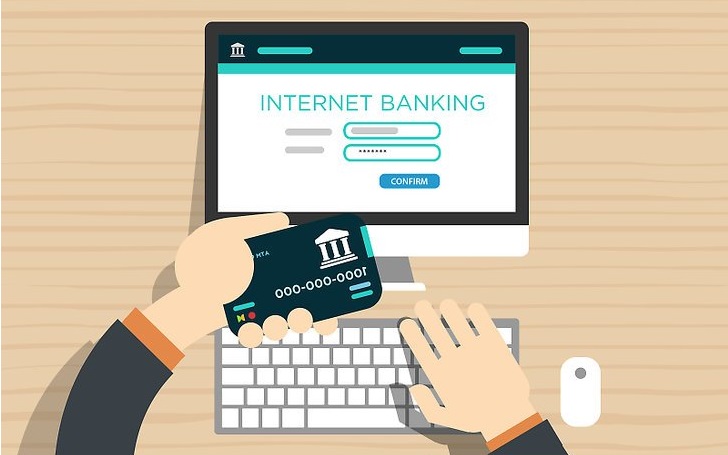A bank transfer is when cash is sent starting with one ledger then onto the next. With Bank Transfer option the transferring of money from your account is typically quick, free and more secure than pulling back and paying in real money. Peruse on for more data, including how to make a bank transfer and what other details you’ll require.
How to make a bank transfer
There are numerous ways to make a bank transfer.
Some of the most common bank transfer methods are as follows:
- Online bank transfers. Log in to your bank account online and choose the option for making a payment. Follow the instructions on the screen and use it correctly. Few banks also offer smartphone apps that let you transfer money in an easy way.
- Telephone transfers. Call your bank’s telephone banking service. The bank’s customer services agent will conduct you through the procedure – in some cases, you might be guided through by an automated recording process.
- In-branch bank transfers. If you have cash, you can pay it into the account of the person you owe it to in-branch.
What details do you need to transfer money?
Whatever method you select to transfer money, you will always need the following details of the person or organization you are paying.
- The correct date you want the payment to be made.
- Name of the person or business you’re paying.
- Six-digit code of the account you’re paying.
- Eight-digit account number.
How long does it take to transfer the money?
Payments by using Faster Payments can be received immediately or can take 2 hours.
This option available 24 hours a day and is totally free. This can be used in online banking, mobile apps, over the phone or in the branch.
Different banks have set their limit of money transfer.
You could also use:
- Bacs payments. This process takes up to three working days.
- CHAPS (Clearing House Automated Payment System). By CHAPS Payments will go through on the same day. This is to note that CHAPS payments often charge a fee.
Avoiding issues with bank transfers
- Double-check the details. Check each and every figure, even if your bank writes them. It can be complicated to get your money back if you send it to the wrong account. So always double check the details.
- Make the person repeat figures and names to you. If you’re doing a transfer through your telephone banking service, make sure the person repeats every number and letter to you.
- Beware of going overdrawn. Unless you’ve specified future payment date, the money will be deducted from your account straight away, so ensure you have enough money available to avoid expensive fees.
Other ways to pay
Set up a direct debit or standing order, if you make a payment regularly like for energy bills and more.
Cheques can also be a helpful way to send money or pay one-off bills.
What if there’s a problem?
If you have an issue with a payment, for example, if you do not receive money, your foremost step is to contact your bank.








